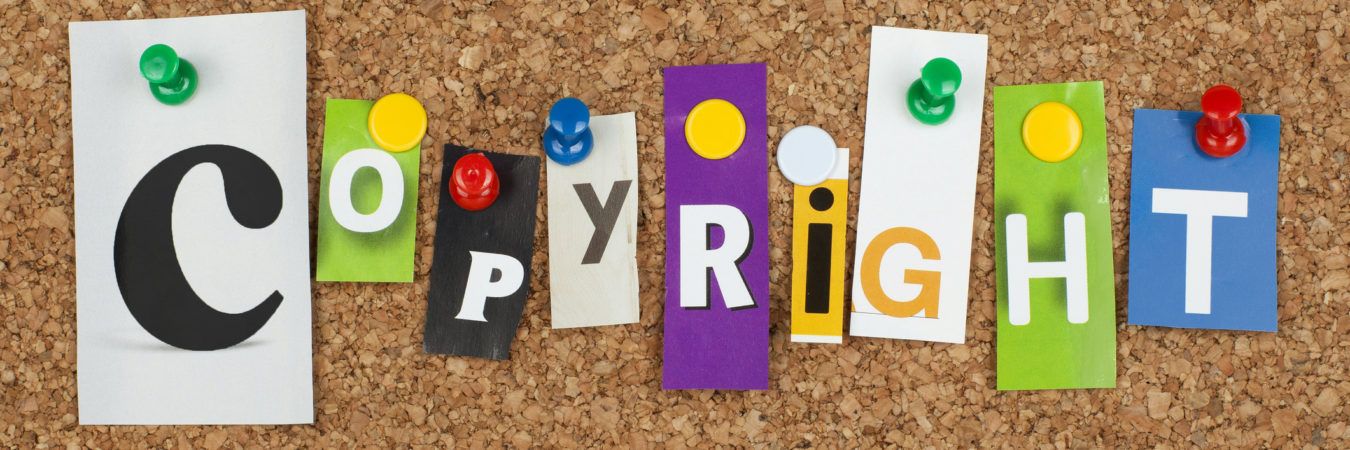How Does Copyright Work?
There are books and treatises devoted to explaining how copyright works so explaining “how copyright works” in a 600-word blog post is near impossible. Nevertheless, I will attempt to provide a very simple and short explanation that leaves out a lot of detail. If this explanation piques your interest, I urge you to learn more by going to our copyright law explained pages on our website.
Let’s start with creation. When someone creates something that falls within the scope of copyright (like a book, video, song, app, photo etc.) and that creation is both original (i.e., not copied from someone else) and creative, that creation is protected under the U.S. copyright laws. Protection is automatic, so the creator does not need to register it with the U.S. Copyright Office and need not put a copyright notice on it (although there are certain benefits to doing both).
Ownership of copyright vests with the creator of the copyrighted work. In some instances, the creator is not the person who actually created the work but is instead the person or organization that sets in motion the creation, like when an employee creates a work for their employer the employer is considered to the owner.
To encourage people to create new works and make them available to the public, and reward those who do, copyright law gives creators certain exclusive rights in their creations. These rights allow creators to control most uses of their works and earn a living and continue to create. For example, these rights generally allow the creator to prevent someone from copying or distributing their creation without their permission and allow a creator to license someone to take their creation (like a book) and transform it into a new creative work (like a movie) or on adaptation (like translating the book into a different language). These rights last for the life if the creator plus another 70 years.
But these rights are not without their limitations. The most well-known of these limitations is the fair use doctrine. The fair use doctrine allows someone to use a work in certain circumstances without the creator’s permission and without compensating the creator provided the use would not harm the value or market for the original work. There are a bunch of other exceptions and limitations as well, like the first sale exception, which allows a consumer to sell or otherwise distribute a copyrighted work that she bought (like giving a painting you bought to your friend), or the backup copying exception, which allows someone to make a backup copy of a computer program they purchased (sorry, but this doesn’t apply to your store-bought software, which is usually licensed).
If someone uses the creative work in a way that implicates one or more of the creator’s exclusive rights and that use is not covered by an exception or limitation in the law, then a copyright infringement has occurred. There are numerous ways a creator may choose to deal with a copyright infringement. One of those ways is to sue the infringer in federal court. If the creator prevails in the suit, she can get an award of either actual damages in the amount of the copyright owner’s losses plus any profits of the infringer attributable to the infringement or statutory damages, which are damages determined by the Copyright Act in an amount between $200 to $150,000 per work infringed. She may also be able to get her attorneys fees and court costs reimbursed by the losing party.
In addition to or as an alternative to suing, if the infringement is taking place online there is another enforcement option that allows the creator to notify the website where the infringement is taking place and request that the website operator takedown the infringement. This provision is found in a section of the copyright law called the Digital Millennium Copyright Act (DMCA).
And that in a nutshell is a very bare-bones explanation of how copyright works.
Photo Credit: Oko_SwanOmurphy/iStock/thinkstock

